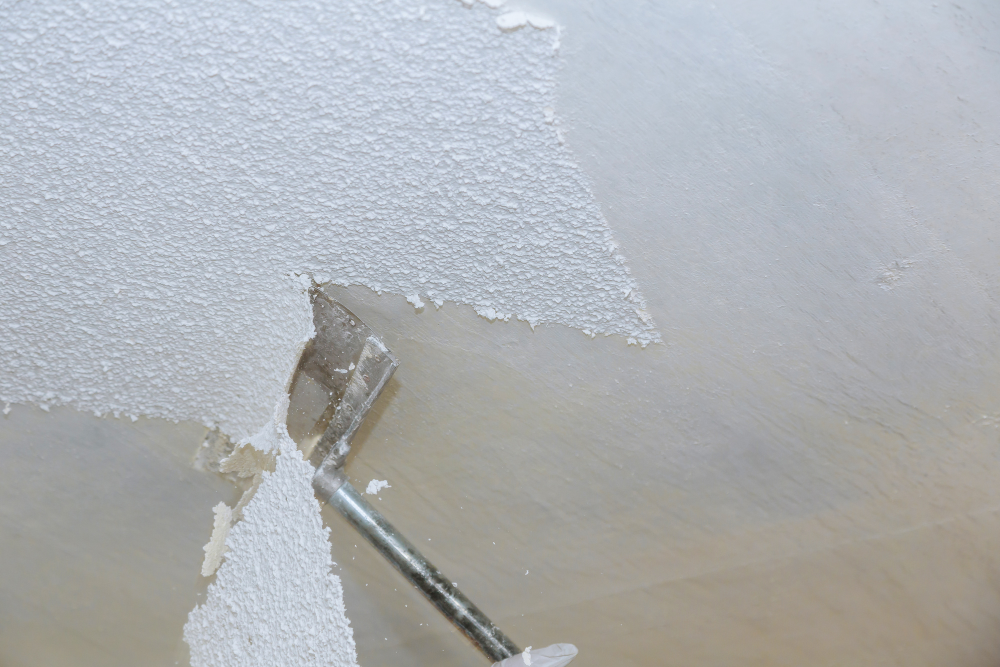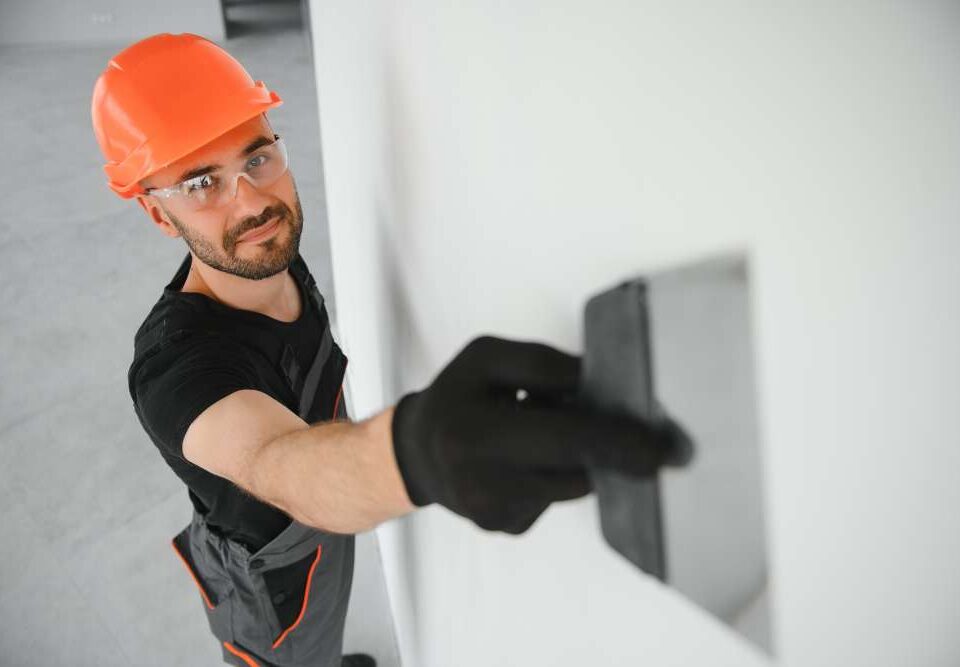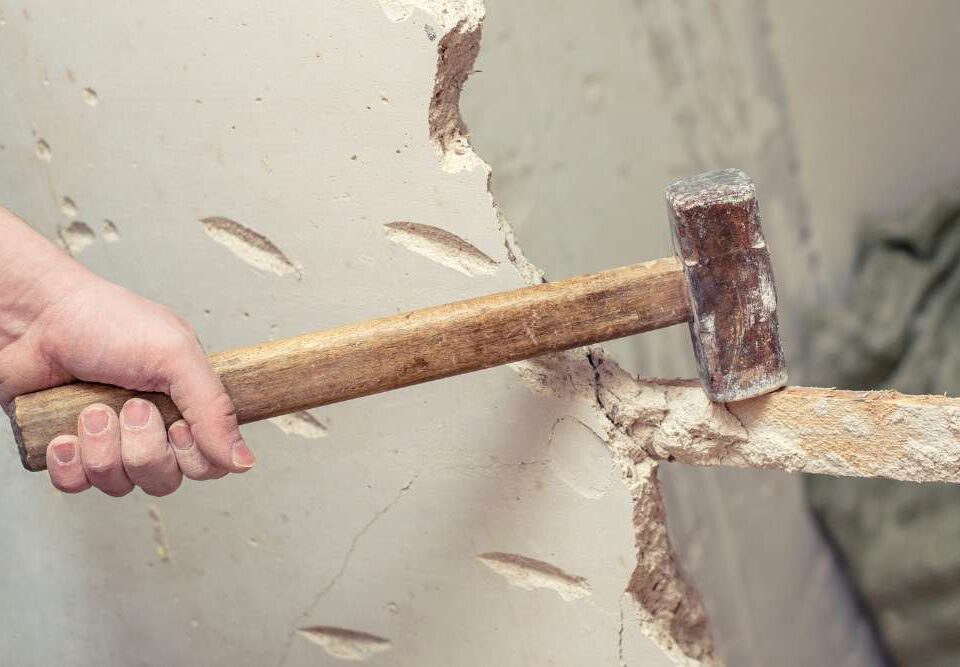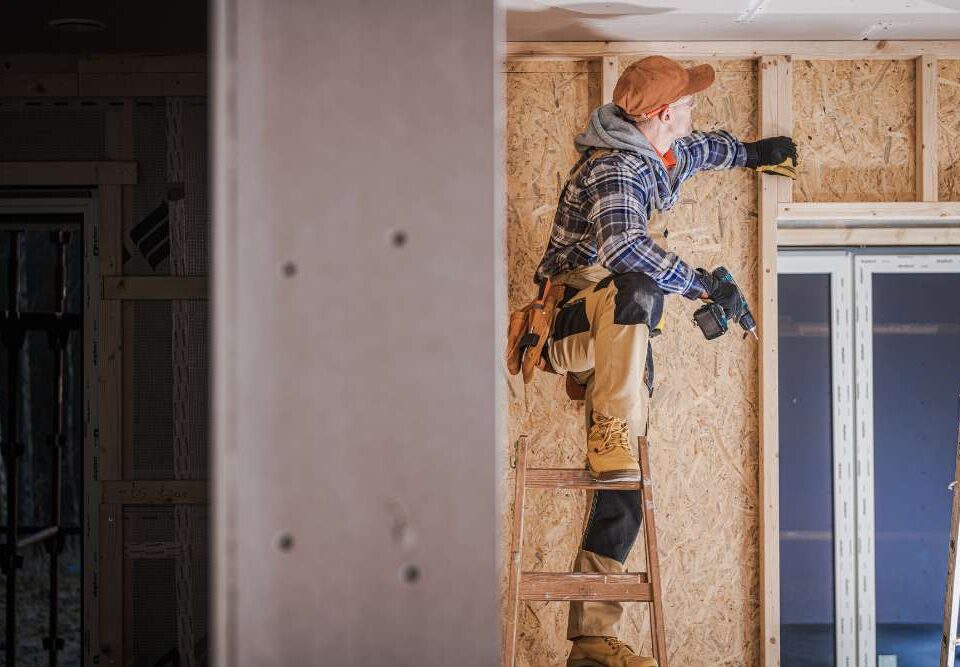
Why Deck Removal Is Vital for Long-Term Home Maintenance
September 10, 2025
Tips for Efficiently Removing Playsets from Your Yard
September 11, 2025How to Manage Drywall Removal During a Home Renovation
Home renovations often bring excitement, but they also come with a less glamorous task—handling drywall removal. While tearing down old walls might seem straightforward, it’s far more complex than simply swinging a hammer. Drywall dust, debris, and disposal can create serious challenges for homeowners, especially when the goal is to maintain safety and efficiency. Understanding how to manage drywall removal effectively can save time, reduce stress, and ensure the project stays on track.
Proper drywall removal requires careful planning, the right tools, and a clear disposal strategy. It’s not just about demolishing walls; it’s about managing the process in a way that protects your home, your health, and the environment. By approaching drywall removal thoughtfully, you can make the renovation smoother and prepare your space for the improvements ahead. With smart choices and responsible disposal methods, this step in renovation becomes manageable and even rewarding.
Preparing your space for drywall removal
Preparation is one of the most important steps before beginning drywall removal. Renovation projects can easily create chaos, and drywall dust spreads quickly throughout the home if the space isn’t secured properly. Start by covering floors with protective materials and sealing off adjacent rooms using plastic sheeting. This minimizes the spread of dust and keeps other parts of your home livable during the process.
Furniture, decor, and other items should be removed or securely covered to prevent damage. Ensure you have proper ventilation, but avoid fans that might blow dust further. Preparing your space sets the tone for an organized demolition, where efficiency and cleanliness go hand in hand. With the right setup, the mess becomes manageable, and the actual removal process feels less overwhelming. Taking the time to protect your home before starting ensures a smoother renovation from the very first step.

Choosing the right tools for drywall removal
The tools you use can make drywall removal either efficient or unnecessarily difficult. A utility knife, pry bar, hammer, and dust mask are essentials, but there are also specialized tools like drywall saws and oscillating multi-tools that make the job faster. Having a sturdy trash bin or debris bags ready is equally important, as drywall pieces pile up quickly.
Safety gear should never be overlooked. Gloves protect your hands from sharp edges, while goggles shield your eyes from flying debris. The right tools and protective gear not only speed up the process but also reduce risks of injury. Investing in the right equipment makes drywall removal more precise and less stressful. With reliable tools, each cut and pull becomes purposeful rather than chaotic, allowing you to stay in control of the project from start to finish.
Safeguarding your health during drywall removal
Drywall removal often produces a cloud of dust that contains fine particles capable of irritating your lungs, eyes, and skin. Health should be a top priority during this process, especially for homeowners tackling the project themselves. Wearing a high-quality respirator or dust mask is crucial for filtering out harmful particles. Goggles and gloves add another layer of protection.
It’s also wise to take breaks in fresh air if you’re working in an enclosed space. Proper ventilation through windows or air purifiers helps reduce dust buildup. For those with respiratory conditions, hiring professionals may be the safer choice. Protecting your health ensures the project doesn’t leave lasting impacts on your wellbeing. By taking precautions, drywall removal becomes less of a hazard and more of a manageable renovation step. Safe practices keep you moving forward confidently as you transform your living space.
Minimizing dust and debris during the process
Dust control is one of the biggest challenges when removing drywall. Even small sections can create an overwhelming mess if not handled properly. Scoring drywall with a utility knife before breaking it down helps reduce random crumbling. Working in manageable sections rather than tearing down large sheets keeps dust levels lower.
Keeping a shop vacuum nearby allows you to clean as you go, which prevents piles of dust from spreading further. Wetting down the surface lightly with a spray bottle can also help limit airborne particles. By controlling debris, you not only make cleanup easier but also keep your living environment healthier during the renovation. Managing dust at every stage transforms drywall removal from a chaotic task into a process that feels controlled and organized, reducing frustration and ensuring your home stays as comfortable as possible.
Organizing debris for proper disposal
Drywall generates a surprising amount of waste, and if you’re not prepared, the debris can pile up quickly. Sorting pieces into manageable stacks or bags helps keep the work area clear and safe. Avoid overfilling bags, as drywall dust adds weight that can make them difficult to carry.
Local disposal regulations often require drywall to be separated from other types of construction debris. Staying organized from the beginning makes transportation and drop-off much simpler. Consider setting up designated zones for reusable pieces, recyclable materials, and trash. With a thoughtful system in place, cleanup becomes less overwhelming, and disposal feels like a smooth extension of the removal process. Organized debris management not only saves time but also helps ensure you stay compliant with disposal rules in your area.
Understanding local drywall disposal regulations
Drywall isn’t always accepted at regular waste facilities due to the potential for contaminants like asbestos in older materials. Before you start hauling debris, check your local regulations to avoid fines or complications. Many municipalities have designated sites or recycling programs specifically for drywall and other construction waste.
Staying informed ensures you’re disposing of drywall in a responsible way. Some regions even require proof that hazardous testing was performed before drywall is accepted. Following these guidelines protects the environment and keeps your renovation project running smoothly. Understanding the rules ahead of time saves both time and stress, allowing you to plan accordingly. Responsible disposal is not only about compliance but also about contributing to sustainable waste management practices in your community.
Considering recycling options for drywall
Many homeowners are surprised to learn that drywall can often be recycled. The gypsum inside drywall can be repurposed for agricultural use, soil amendments, or even as a component in new drywall sheets. Recycling centers may accept clean, uncontaminated drywall, keeping it out of landfills.
Separating recyclable pieces from non-recyclable ones takes a bit of extra effort but pays off in reducing environmental impact. By recycling, you’re not just clearing out waste; you’re giving materials a second life in a sustainable way. Recycling drywall supports circular economy practices, where resources are reused rather than discarded. It’s a meaningful choice that turns renovation debris into something beneficial, proving that even demolition can have a positive environmental impact. With recycling options available, drywall removal can align with your commitment to sustainable living.
Knowing when to hire professional junk removal services
While DIY drywall removal may seem appealing, it’s not always the most practical approach. Large projects create massive amounts of debris that can overwhelm homeowners quickly. Professional junk removal services bring experience, tools, and efficiency to the job, ensuring drywall is removed and disposed of responsibly.
Hiring professionals also eliminates the stress of hauling heavy bags, navigating disposal regulations, and managing dust control on your own. They streamline the process, saving you time and energy so you can focus on the renovation itself. When the scale of drywall removal becomes too large to manage comfortably, calling in experts can make the difference between a chaotic project and a smooth, stress-free renovation. Professional junk removal ensures every step, from demolition to disposal, is handled safely and effectively.
Combining drywall removal with other renovation cleanup
Drywall removal is often just one part of a larger renovation project. When combined with other cleanup tasks, it can become overwhelming. Coordinating drywall removal with the disposal of old flooring, cabinetry, or appliances creates a more efficient process. Handling everything at once reduces repeated trips to disposal facilities and keeps the project on schedule.
Bundling cleanup also makes it easier to stay organized. With a single strategy in place, waste is managed consistently, and your renovation space stays clear. Junk removal services can simplify this process by taking multiple types of debris at once. Managing drywall alongside other renovation waste ensures the project feels cohesive and streamlined rather than piecemeal. This holistic approach keeps renovation energy focused where it matters—on building your new, improved space—rather than being bogged down by lingering debris.
Planning ahead to keep the project on schedule
Renovations often run into delays, and drywall removal can be a hidden culprit if not planned properly. Dust cleanup, debris hauling, and disposal trips all take time, and failing to anticipate these tasks can push back project deadlines. Planning drywall removal into your renovation timeline ensures it doesn’t become a bottleneck.
Set aside specific days for removal and disposal, allowing breathing room in your schedule for unexpected challenges. Whether you’re managing the process yourself or hiring professionals, planning ensures smoother transitions between demolition and rebuilding. Staying ahead of the timeline reduces stress and prevents costly delays. With careful planning, drywall removal fits seamlessly into the overall renovation, keeping your project on track and your vision within reach. Thoughtful scheduling turns drywall removal into a manageable task rather than an obstacle standing in the way of progress.
Conclusion
Drywall removal is a vital step in any home renovation, and when managed properly, it can make the difference between a stressful project and a smooth transformation. From preparation and dust control to recycling and professional support, every step matters in ensuring safety, efficiency, and environmental responsibility. Taking time to plan and manage drywall removal carefully keeps your renovation running smoothly while protecting your home and health.
North Bay Junk Removal, located in Santa Rosa, CA, offers professional junk removal services that simplify drywall disposal and renovation cleanup. Their team provides efficient, eco-conscious solutions tailored to homeowners who want their projects handled responsibly. Whether tackling a full-scale remodel or a small upgrade, they help ensure that debris doesn’t derail progress. Call 707-478-6817 today for expert junk removal services. Choosing North Bay Junk Removal means choosing a partner dedicated to making renovations easier, cleaner, and more sustainable from start to finish.




